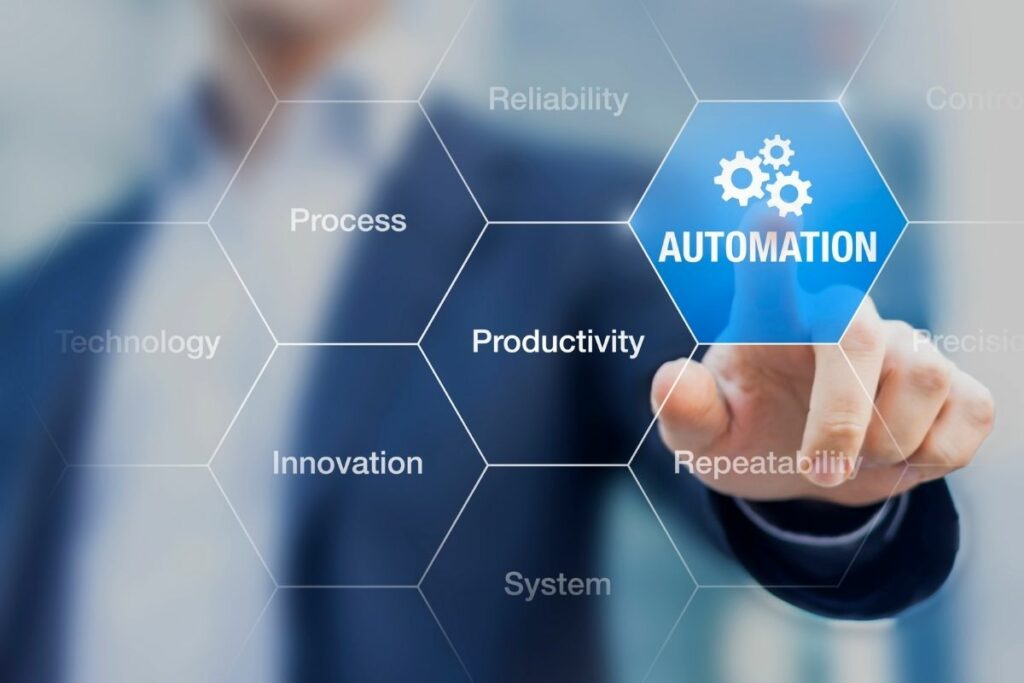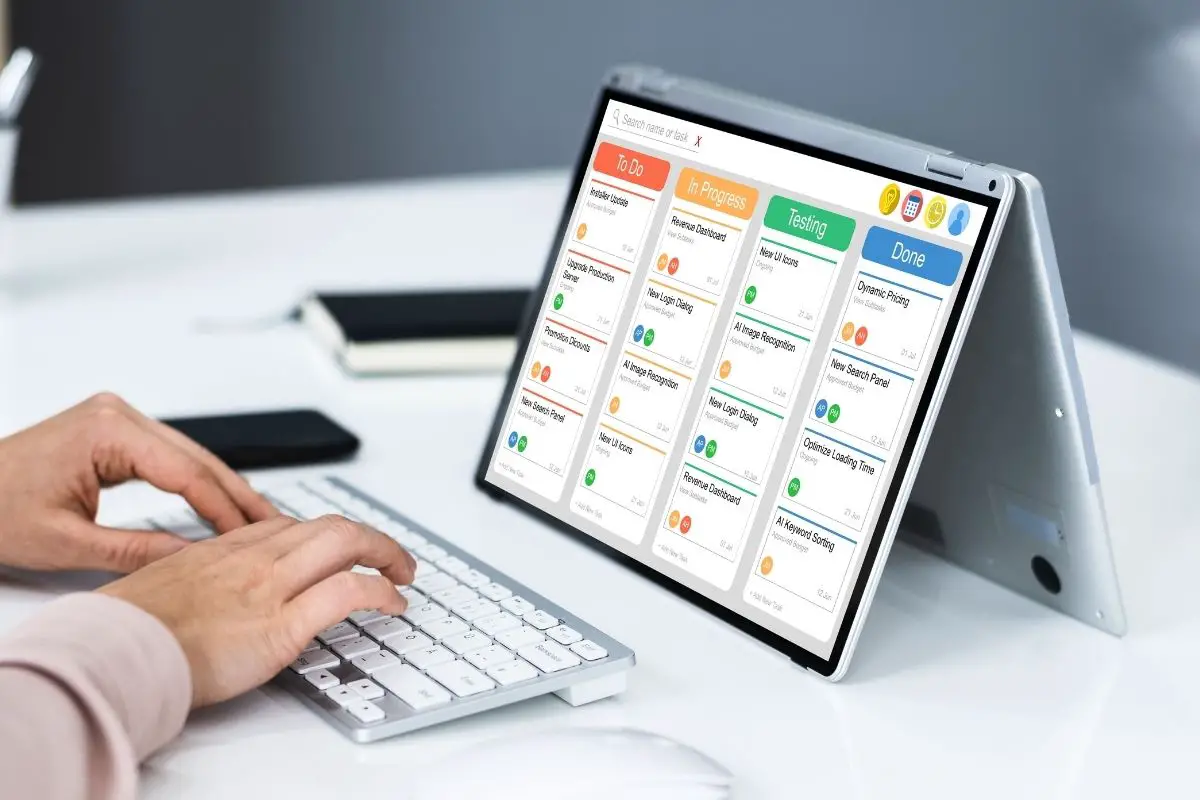Automation is one of the biggest rising trends in production currently. Able to increase productivity while reducing personnel, automated processes have already been implemented in all sorts of industries to great success.
But what exactly is automation, and what does it mean for the future of production?

This guide will take a look at just that, exploring the growing world of automation and how it is being implemented into our daily lives.
What Is Automation?
Automation is the process of using a computer to perform tasks that are normally performed by humans.
As the name may suggest, the computer completes its tasks automatically, without the need for human input or intervention.
Essentially, the machine does the work for you.
The term is typically used in reference to any task that requires manual labor; these include anything from traffic control to coding.
However, it is most commonly associated with repetitive tasks, such as those found in manufacturing, engineering, and finance.
It can also be applied to other areas where there is a high volume of similar data to be processed (e.g., customer service and data analytics).
In addition to being able to automate many tasks, computers have become more powerful than ever before.
These advancements make it possible to create systems that can handle complex problems, which would otherwise require extensive human effort.
This has led to an increase in the use of automation in all types of industries.
Types Of Automation And How They Work
There are four main types of automation in industry: Hard automation, Soft automation, Programmable automation, and Integrated automation.
Each variety has different characteristics, but they all share one common goal – to reduce the amount of time and effort required to complete a given task. Here’s a brief rundown of each type.
Hard Automation
Hard automation (also referred to as ‘fixed automation’) is when a machine performs a single task over and over again. This is useful for simple repetitive processes, where automation removes a lot of time and effort from the equation.
For example, a factory machine might use hard automation to produce a specific object. Because the machine is making the same object over and over again, it can be automated to streamline the process and make it more efficient.
Soft Automation
Also known as ‘flexible automation’, soft automation refers to a more human-guided approach to automation.
While the machines and computers are still completing tasks independently, they are following instructions set by a human-controlled computer.
While the integration of human influence means that there is more work to be done and the process isn’t completely automated, it allows for a far more varied and flexible approach.
Soft automation lends itself better towards batch-based processes and productions, such as food or pharmaceuticals.
Because the process halts intermediately for the human controller to issue new instructions, it allows for much more adaptation to suit different needs and specifications.
Programmable Automation

Programmable automation combines the best part of hard and soft automation for a streamlined and efficient process.
In this type of automation, all the processes are controlled through computer systems.
All the commands are pre-programmed, removing the need for human involvement entirely (aside from occasional observation).
This means that programmable automation can greatly improve speed and efficiency, especially when applied to repetitive production (similarly to hard automation).
However, programmable automation allows for much more adaptability and precision than hard automation; while it offers less variability than soft automation, programmable automation removes the need for human interference during production.
Integrated Automation
Integrated automation is a step up from programmable automation, and can be used to automate entire factories and plants with the minimal human intervention necessary.
With integrated automation, everything from robots to conveyor belts to lighting fixtures are connected together to create an interconnected network.
The advantage of integrated automation is that it is able to perform complex tasks without any human input whatsoever. It is also extremely versatile; because it works on multiple levels, it can be used to automate almost anything.
However, integrated automation requires a great deal of planning and coordination before implementation.
It also takes longer to implement than other varieties of automation, which may limit its practicality.
There also needs to be some human involvement; in order to keep things running smoothly and to avoid any hiccups, integrated automation needs some observation to ensure everything is working optimally.
Automation And AI
As AI has become more prevalent in recent years, it was inevitable that AI would be integrated into automated processes.
One of the main benefits of using AI for automation is its ability to learn and adapt.
This makes it great for automating all sorts of processes; as it performs them more, it will become even better, learning to run more efficiently and adapt to different circumstances.
On top of that, because of its powerful computing and problem-solving skills, AI is great at helping to manage other automated processes too.
It can manage its own workload while also allocating work to the other automated machines being used.
How Is Automation Used Today?
Automation is already a common occurrence in all kinds of industries and businesses.
The use of automation can be found anywhere from small-scale conveyor belts and assembly lines to more advanced uses such as fully-automated vehicle production and AI-enhanced robotics.
Other examples of automation include in the pharmaceutical field (where less human interaction reduces contamination risk), in factories (to prevent accidents and speed up production), and even in small-scale processes at home like temperature control and air conditioning.
With how much automation is already being used for, it’s clear that the use of automation will only increase over time.
Final Thoughts
While there are many different types of automation, they all have one thing in common: they remove the need for humans to do certain jobs.
In this way, they help reduce costs and make life easier for those who rely on these services.
There isn’t one single best type of automation, and each variety has its merits and drawbacks.
But despite this, automation is definitely one of the biggest improvements to industries in the modern age, and we’re sure to see more and more of it in the future!








